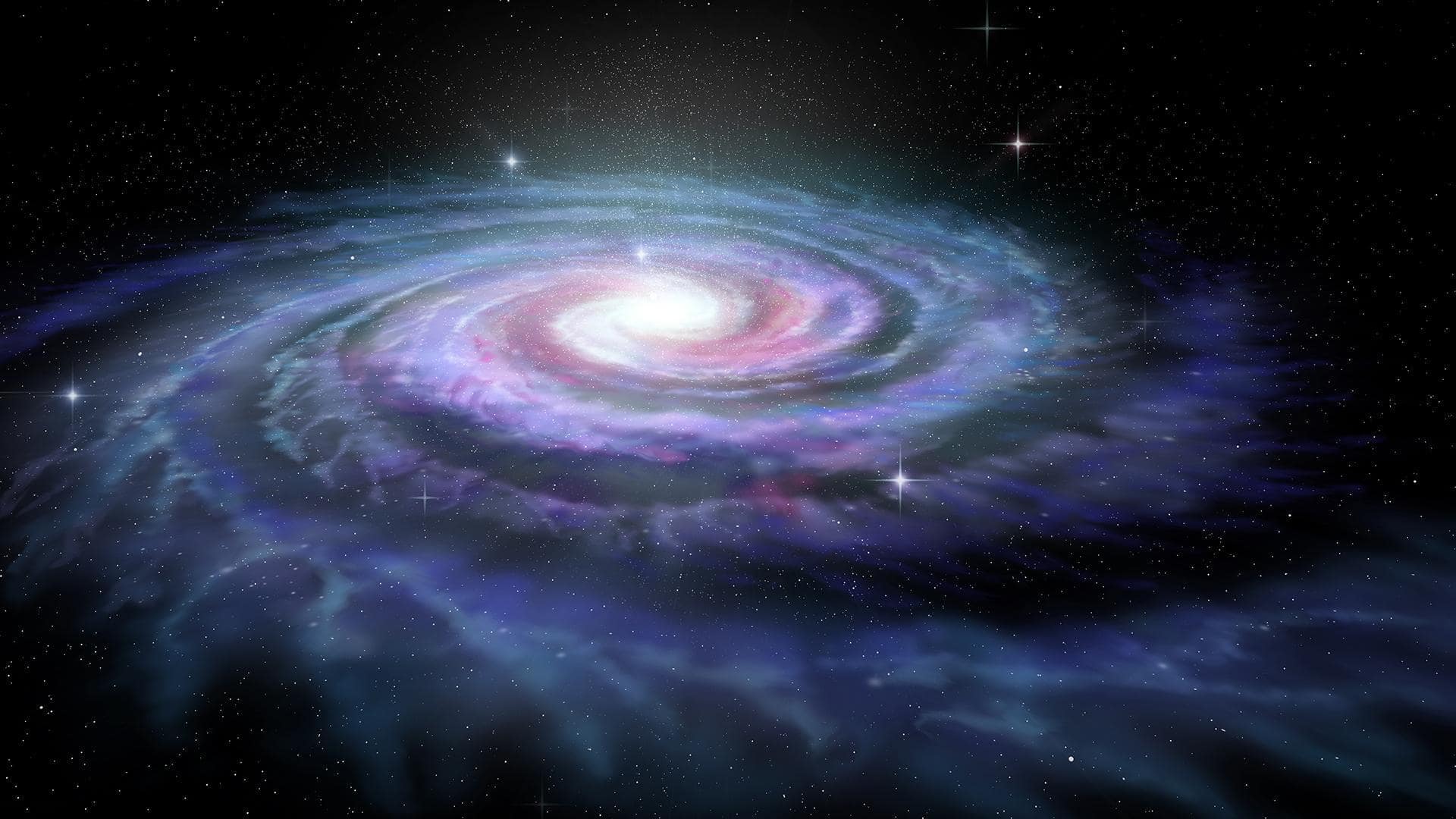
Milky Way might have more satellite galaxies than we thought
What's the story
A new study by Durham University cosmologists suggests that our Milky Way galaxy could be home to up to 100 more satellite galaxies than previously estimated. The research, presented at the Royal Astronomical Society's National Astronomy Meeting (NAM 2025), used advanced supercomputer simulations and innovative mathematical modeling techniques to predict these "orphan" galaxies. These findings could lend strong support to the Lambda Cold Dark Matter (LCDM) theory of cosmic structure and galaxy formation.
Cosmic structure
Understanding the LCDM model
The LCDM model states that ordinary matter, in the form of atoms, makes up just 5% of the universe's content. Cold dark matter (CDM) accounts for 25%, while dark energy constitutes the remaining 70%. In this framework, galaxies are thought to form at the centers of massive clumps of dark matter known as halos. Most galaxies in the universe are low-mass dwarf galaxies, many of which are satellites orbiting a more massive galaxy like our Milky Way.
Galactic mysteries
The mystery of orphan galaxies and the study's approach
The existence of orphan galaxies, which are faint and stripped of their parent dark matter halos by the Milky Way's gravity, has posed a challenge to the LCDM model. These galaxies are often missed in simulations but should exist in the real universe. The Durham researchers used their new technique to trace these orphan galaxies' abundance, distribution, and properties around the Milky Way.
Discovery potential
Advancements in telescopes will help detect these faint objects
The researchers hope that advancements in telescopes and instruments like the Rubin Observatory LSST camera will enable astronomers to detect these faint objects. Lead researcher Dr. Isabel Santos said, "We know the Milky Way has some 60 confirmed companion satellite galaxies, but we think there should be dozens more of these faint galaxies orbiting around the Milky Way at close distances." She added that if their predictions are accurate, it would strengthen LCDM theory of cosmic structure formation and evolution.
Model robustness
More on the LCDM model and its challenges
The LCDM model, which has been instrumental in shaping the Standard Model of Cosmology, is the most widely accepted framework for understanding the universe's evolution and structure on large scales. While it has passed numerous tests, recent observations of dwarf galaxies have posed challenges. The Durham researchers argue that existing cosmological simulations lack the resolution to study these faint galaxies near the Milky Way or follow their dark matter halos' evolution over billions of years.
Research methodology
How the researchers carried out the study
To address these numerical issues, the Durham researchers combined cosmological supercomputer simulations with analytical models. They used the Aquarius simulation, which is the highest resolution simulation of a Milky Way dark matter halo, and the GALFORM model, a sophisticated code developed at Durham over two decades. Their results indicate that dark matter halos hosting possible satellite galaxies have been orbiting around the central Milky Way halo for most of cosmic history, leading to stripping of dark matter and stellar mass.
Galactic abundance
Study details number of satellite galaxies around the Milky Way
The study predicts that total number of satellite galaxies—regardless of brightness—likely to exist around the Milky Way is about 80 or possibly up to 100 more than known right now. It particularly highlights some 30 recently identified faint and small candidates as possible new additions to this galactic family. However, scientists are still unsure whether these are dwarf galaxies with a dark matter halo or globular clusters of self-gravitating stars.